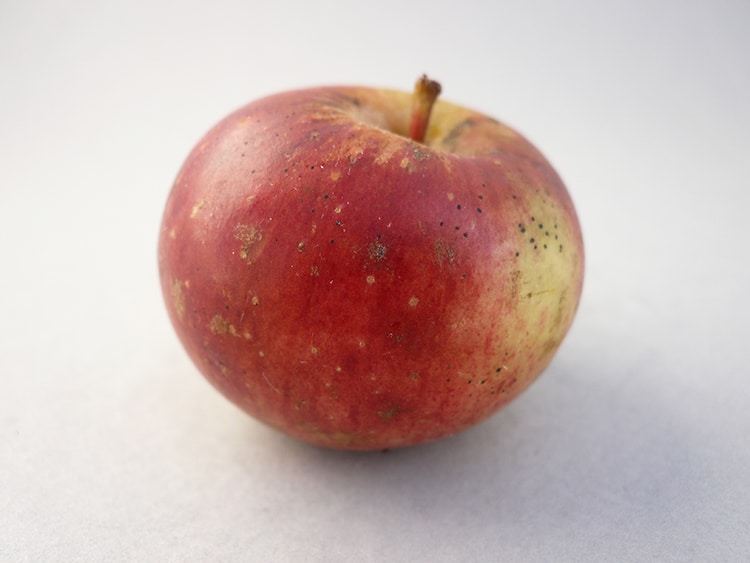
The Democrat apple variety, found in Yancey County, North Carolina.
What do you plan to do in your retirement? Tom Brown—an engineer who grew up in rural North Carolina—stumbled upon his retirement passion project in 1998 at a farmer’s market. Brown was introduced to several heritage apples—varieties of the fruit which were standardized in the 18th and 19th centuries. Inspired to learn more, Brown began to learn from experienced orchardists how to cut, cultivate, and graft apple trees. For the past 20 years, he has dedicated his time and effort to hunting down rare and lost heritage apples across the east coast. To date, he has rediscovered over 1,200 varieties of historic apples.
Appalachia has a long history of apple orchards. The climate allows for a variety of crops. The apples are eaten, cooked, fried, and fermented. The number of apple types in this region have likely numbered over 14,000 across the United States by 1905. At that time, food production and consumption was more localized than the international produce market of today. Some of the richest variety in apples was found along the east coast, particularly in the rural south. Many small farms boasted apple trees and local orchards offered a rich array.
The consumer and technological shifts of the 20th century reduced American apple offerings. According to Atlas Obscura, by the late 20th century, only 100 apple types were grown commercially. Orchards were abandoned, destroyed, neglected, or lost to encroaching forest. As a result, thousands of varietals seemingly vanished from the palate of the nation. Brown refers to these varietals as “Lost Heritage Apples,” apples which have not been documented or clearly known since about 1930. These breeds lie on the edge of living memory.
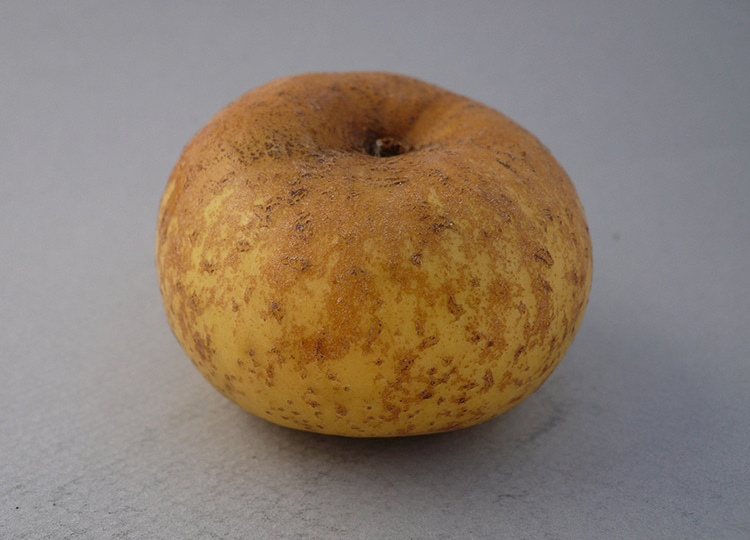
The Gruff Apple, found in Iredell County, NC.
Brown began his website Apple Search in the quest for these lost pieces of culinary history. He spends much of his time driving around Appalachia, literally knocking on doors and talking about apples. At times, Brown heads off in search of an old orchard mentioned in historical records. Other times, he follows the word of mouth as people whisper of apple trees they knew in their youth. Many of the people who provide him with locations of existing trees are in their 80s or 90s.
When he finds a tree—either in someone’s backyard or deep in an overgrown orchard—Brown takes cuttings for study. He compares leaf and tree characteristics with notes in records from old orchards, witness accounts, and botanists. He revisits the trees when they bear fruit, checking the apples against his notes. At times, he even sends samples to the locals who remember tasting the heritage variety in question for their opinion. Brown describes his work as that of a detective.
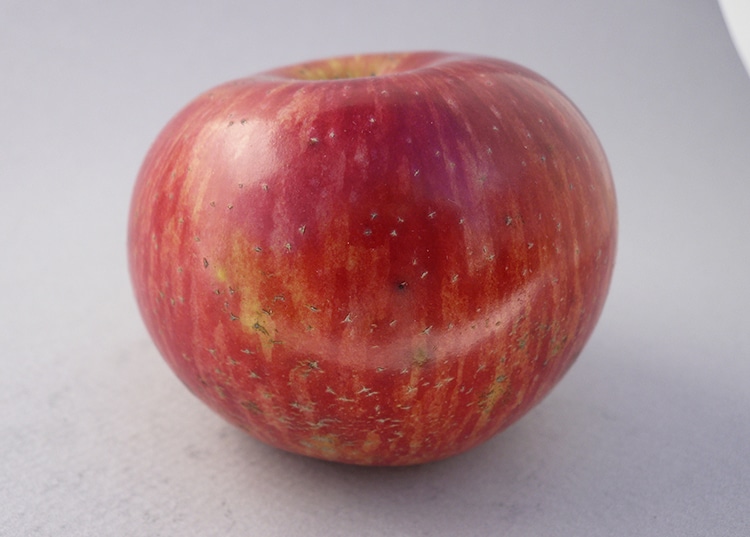
The Stine (McAfee) Apple.
One particular victory for Brown’s Apple Search was the re-discovery of a Junaluska apple. Brown had long heard of this varietal which was named for a Cherokee chief born in the late 18th century who loved the apple. After an epic search detailed by Brown on his website, he at last discovered and confirmed the existence of a tree in the backyard of an elderly woman named Kate Mincey. Since the discovery, Brown has donated trees to the Western Band of Cherokee and to the Junaluska Memorial and Gravesite in honor of the late leader.
When Brown finds a variety of apple, he often takes cuttings to donate to heritage apple orchards. He also has his own collection of trees and sells saplings every year. His mission to save the varieties which once were so important to local communities has excited food historians, local chefs, and cideries. While it may seem like a never-ending task to track down these trees, Brown tells My Modern Met, “It is exciting to me to be able to look for rare apple varieties knowing that I am helping restore the agricultural heritage of our country. If I am not finding an apple of interest, I do not conclude that it is not out there, but that I am just not searching as thoroughly and diligently as possible.”
Brown’s devotion to Apple Search will save these unique fruits for generations to come. Visit his website for more information on how you can help with the search.
Retired engineer Tom Brown has been searching for Appalachia’s lost heritage apples.

The Black Beauty Apple, which eventually matures into a mostly black-colored fruit, found in Yadkin County, NC.
Brown uses historical records and word of mouth to find long-lost trees.
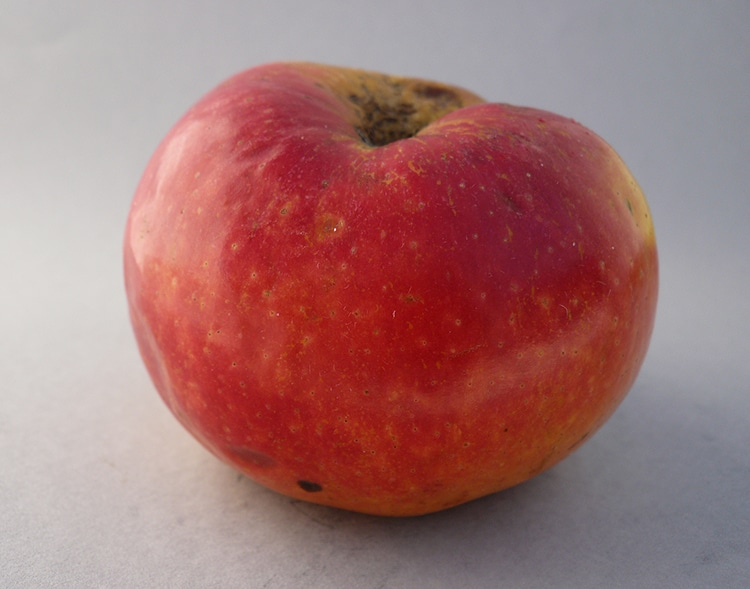
The Mongolian Apple, found in Carroll County, VA.
To date, he has re-discovered 1,200 varieties of apple.
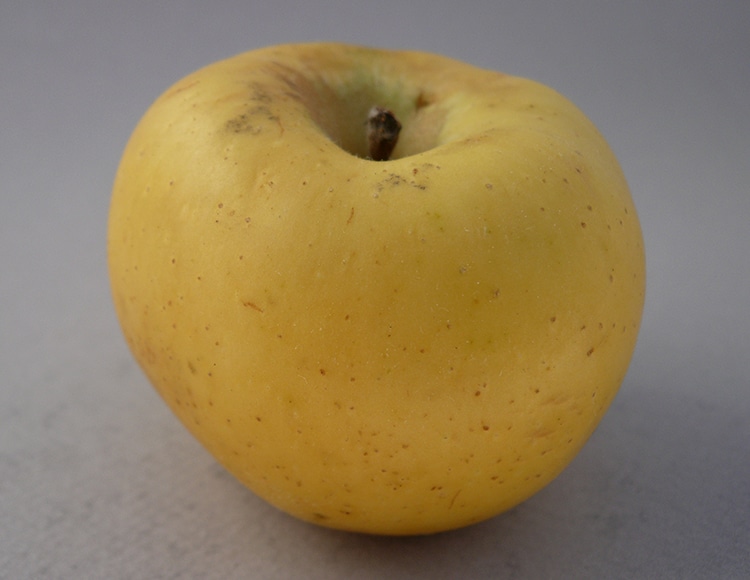
The Lazarus Apple, found in Wilkes County, NC.
Brown’s website Apple Search has resources to learn about these heritage apples and to help in the search for the thousands more which remain lost.
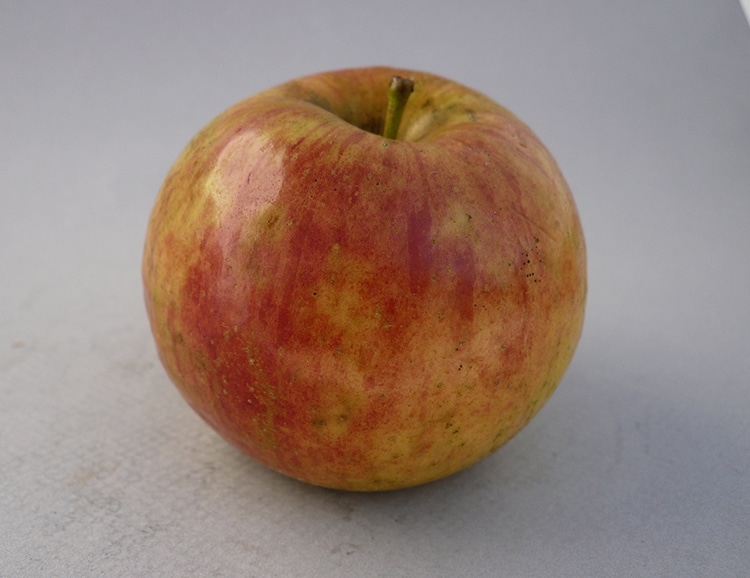
The Big Red Apple, found in Haywood County, NC.
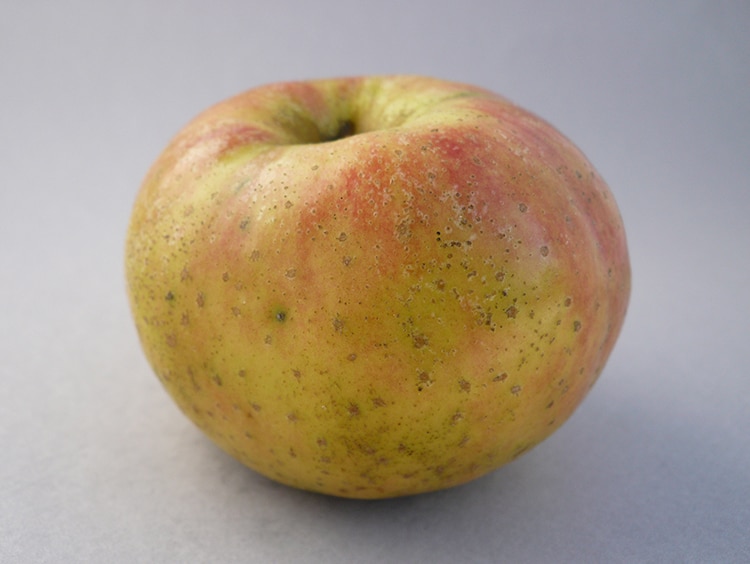
The Polk Seedling Apple, found in Alexander County, NC.
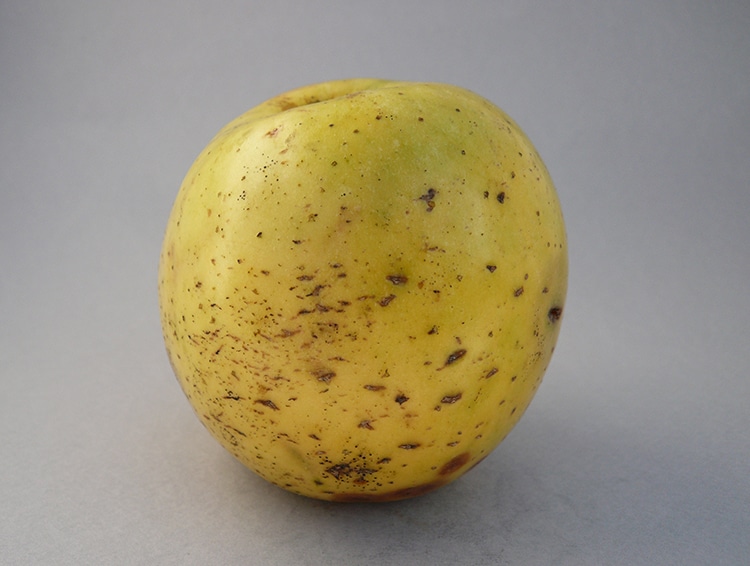
The Tenderskin Apple, found in Alexander County, NC.
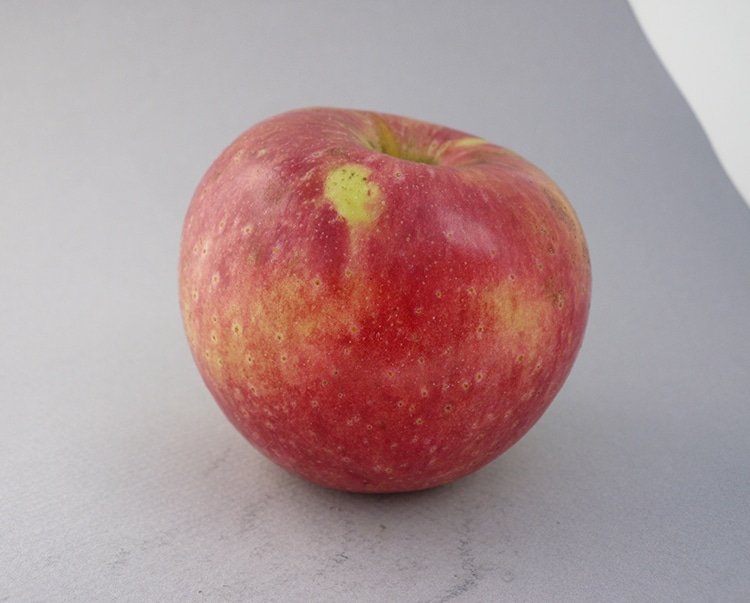
The Red Horse Apple, found in Wilkes County, NC.
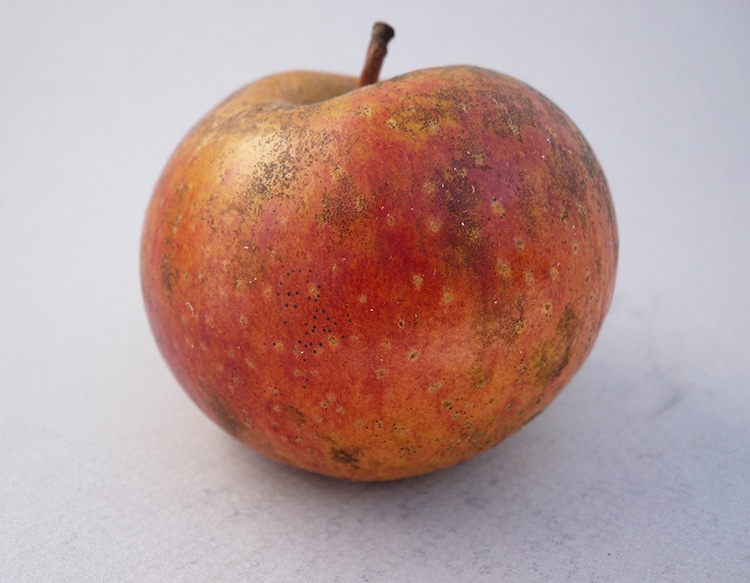
The Barker’s Liner Apple, found in Wilkes County, NC.
Apple Search: Website
My Modern Met granted permission to use photos by Tom Brown.
Related Articles:
Scientists Revive 32,000-Year-Old Plant From Siberian Permafrost
20 Easy Ways to Help Save the Environment Every Day
Toronto-Based Start Up Is Combatting Deforestation With Tree-Planting Drones
IKEA Bought 10,840 Acres of Forest Land in Georgia To Protect It
